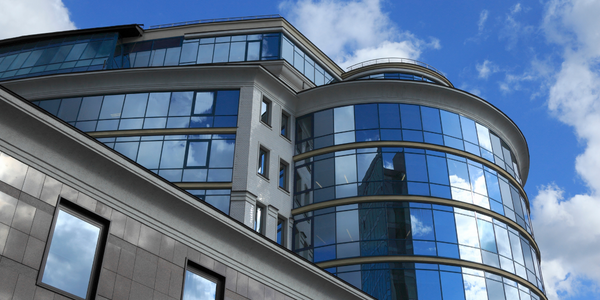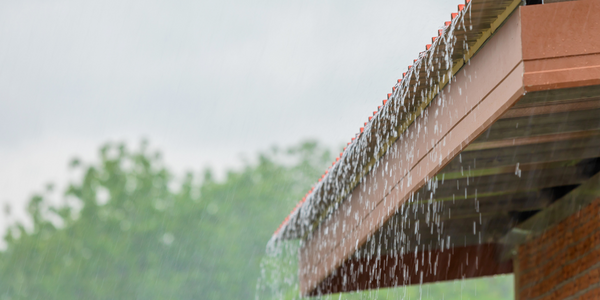Technology Category
- Analytics & Modeling - Computer Vision Software
- Analytics & Modeling - Digital Twin / Simulation
Applicable Industries
- Buildings
- Cement
Applicable Functions
- Quality Assurance
Use Cases
- Digital Twin
- Virtual Prototyping & Product Testing
Services
- Drone Operation Services
- Hardware Design & Engineering Services
About The Customer
The customer in this case study is the Sultanate of Oman, a Middle Eastern country with a keen interest in leveraging technology to enhance national security and disaster preparedness. The government sought to create a detailed digital twin of a significant portion of the country, specifically around the capital city, Muscat. The digital twin was intended to serve as a tool for planning and managing potential climate-related disasters and improving national security. The government contracted Khatib & Alami, a renowned engineering firm, to execute this ambitious project within a strict timeline and high accuracy requirements. The government's vision was not only to have a digital twin of the area but also to use it as a model for building similar 3D modeling services in the region.
The Challenge
The Sultanate of Oman aimed to create a detailed digital twin of approximately 250 square kilometers of the country, focusing on the area in and around Muscat. The objective was to enhance national security and improve preparedness for climate-related disasters. Khatib & Alami was contracted to capture 330,000 images using unmanned aerial vehicles (UAVs) and construct a 3D reality model of the area, which included 43,000 fully textured buildings. The project required a resolution of 10 ground sampling distance (GSD) and relative accuracy of less than 20 centimeters. The project was to be completed within a strict deadline of 125 days. However, due to airspace constraints, including classified areas and commercial flights, only 14 days were available for flying and image capture. The harsh weather conditions and limitations in the UAV hardware, which prevented geo-tagging of captured images, added to the challenges.
The Solution
Khatib & Alami adopted a strategy of careful management with teams working in parallel to check the accuracy of captured images during the limited flight time. They sought software that could mark ground control points to provide model accuracy. After examining various applications, they chose ContextCapture, Bentley’s reality modeling application, which supports efficient reality capture of large areas and can quickly produce information in a variety of formats. ContextCapture's tiling support helped overcome data errors during capture by finding matches for the correct images, and its reconstruction algorithms helped seamlessly integrate differing image brightness levels and angles. The application also supports running parallel processing on multiple powerful hardware systems simultaneously, which helped manage the project size and schedule. Khatib & Alami used ContextCapture to produce a reality model that included 43,000 fully textured buildings, which was then output into a third-party application to publish and share with stakeholders. Bentley’s LumenRT was used to animate the digital twin with videos simulating flooding and a day/night cycle.
Operational Impact
Quantitative Benefit

Case Study missing?
Start adding your own!
Register with your work email and create a new case study profile for your business.
Related Case Studies.

Case Study
Energy Saving & Power Monitoring System
Recently a university in Taiwan was experiencing dramatic power usage increases due to its growing number of campus buildings and students. Aiming to analyze their power consumption and increase their power efficiency across 52 buildings, the university wanted to build a power management system utilizing web-based hardware and software. With these goals in mind, they contacted Advantech to help them develop their system and provide them with the means to save energy in the years to come.

Case Study
System 800xA at Indian Cement Plants
Chettinad Cement recognized that further efficiencies could be achieved in its cement manufacturing process. It looked to investing in comprehensive operational and control technologies to manage and derive productivity and energy efficiency gains from the assets on Line 2, their second plant in India.

Case Study
Intelligent Building Automation System and Energy Saving Solution
One of the most difficult problems facing the world is conserving energy in buildings. However, it is not easy to have a cost-effective solution to reduce energy usage in a building. One solution for saving energy is to implement an intelligent building automation system (BAS) which can be controlled according to its schedule. In Indonesia a large university with a five floor building and 22 classrooms wanted to save the amount of energy being used.

Case Study
Powering Smart Home Automation solutions with IoT for Energy conservation
Many industry leaders that offer Smart Energy Management products & solutions face challenges including:How to build a scalable platform that can automatically scale-up to on-board ‘n’ number of Smart home devicesData security, solution availability, and reliability are the other critical factors to deal withHow to create a robust common IoT platform that handles any kind of smart devicesHow to enable data management capabilities that would help in intelligent decision-making

Case Study
Commercial Building Automation Boosts Energy Efficiency
One of the challenges to building automation is the multitude of non-interoperable communications protocols that have evolved over the years. Buildings have several islands of automation. Bridging the islands of different automation without losing the considerable investment in each specialized control network is the main focus in this solution.




